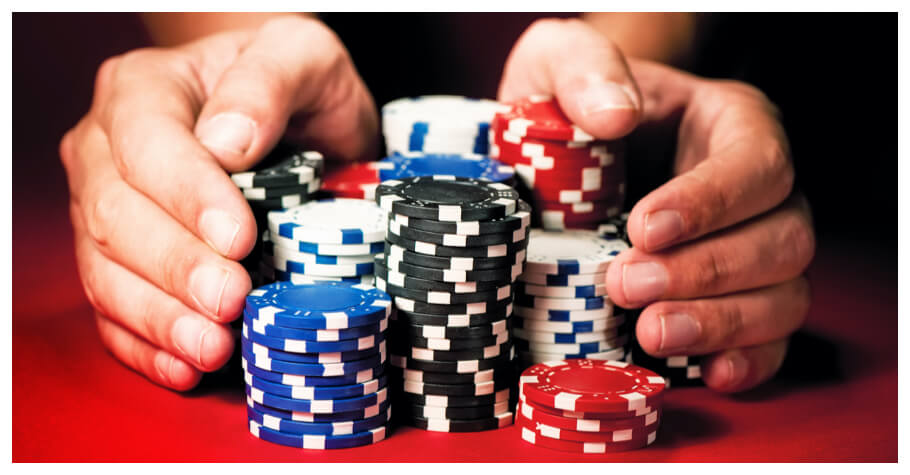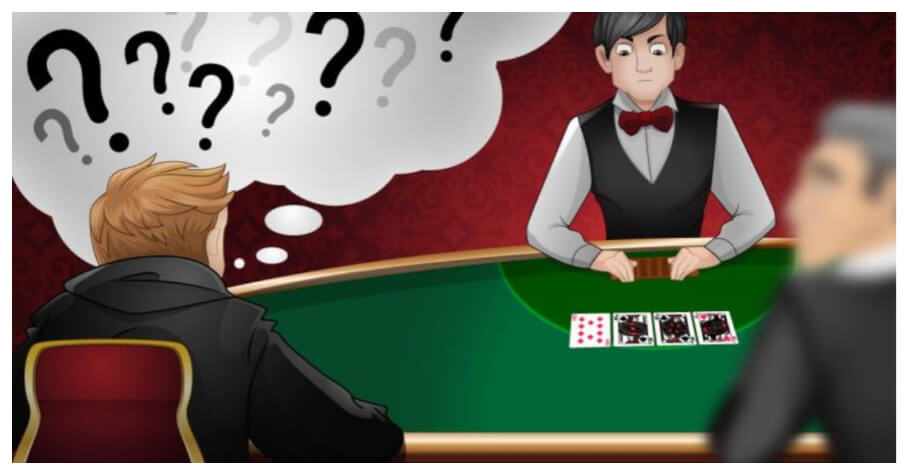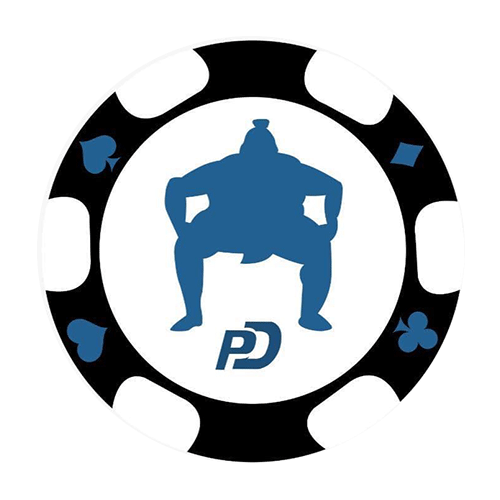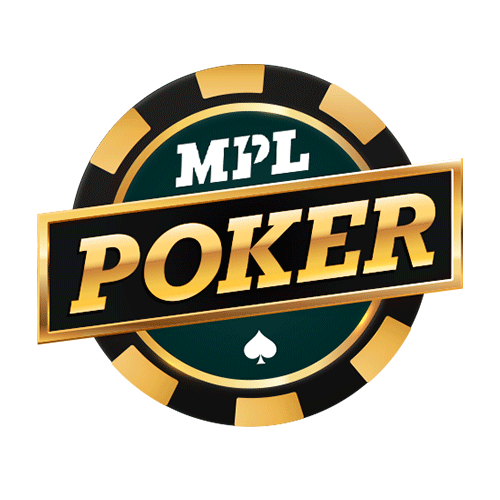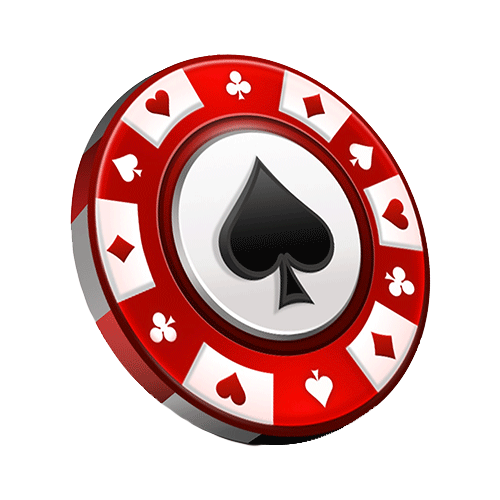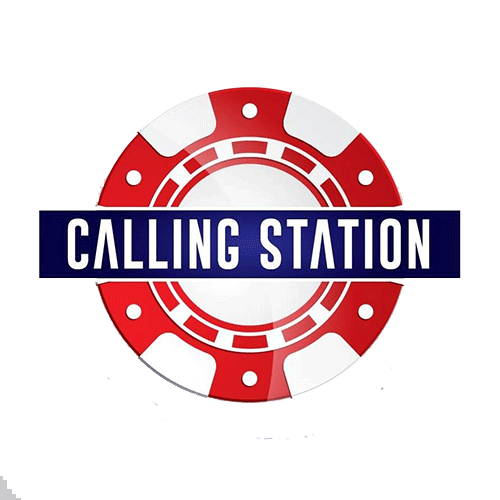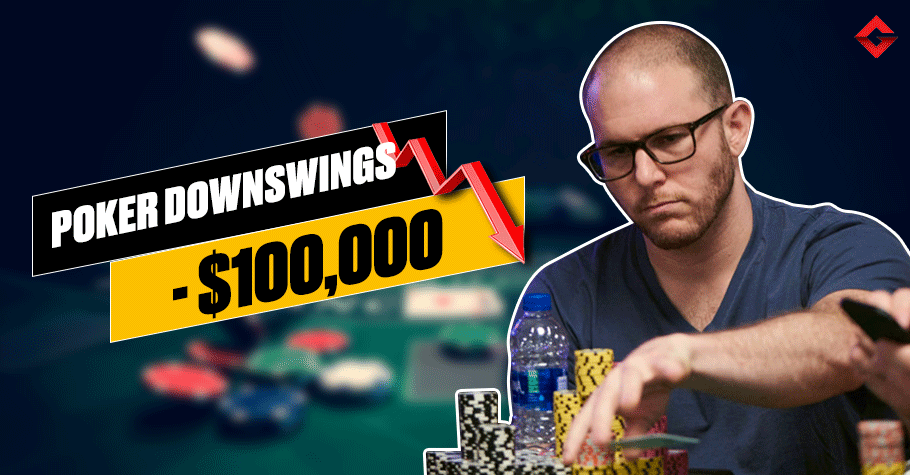 Poker
Poker
How To Deal With Poker Downswings Feat. Mike Wasserman
Poker may first look like all fun and games, but soon players come to realise that that is not the case. Ask anyone who’s been playing the game long enough, and they will tell you that, just like any other sport, poker demands discipline and patience from those that pursue it. If there is one thing that many poker coaches and long-time pros always advise new players, it’s to keep at the game and be careful about downswings.
Downswings in poker can be brutal and can come at an unexpected time for many players. But no one can escape them, even the best poker players. This is why it is very important for poker players to prepare themselves when they go through these trying times. Poker professional Mike Wasserman has been a part of the poker community for quite some time. In his blog, Wasserman talks about his struggles with downswings and what he did to cope with them. Today, we’ll explore his tips and methods, which may be handy if you’re going through a rough patch in your poker career.
Mike’s First Poker Downswing
In his blog, Wasserman mentions that it was in 2014 when he experienced his first $100,000 poker downswing. “It zapped my will to play. It took away all of my drive and motivation, and all I was left with was depression,” said Advanced Poker Training coach Mike Wasserman. He mentioned how he would go into a session, lose a flip and then tilt so hard that all he could do was sit out his other tables and just go for a walk. He would zone out and punt tournaments on his screen to watch some TV shows. It was like nothing he did, mattered. While this sounds extreme, Wasserman knew it was a big problem.
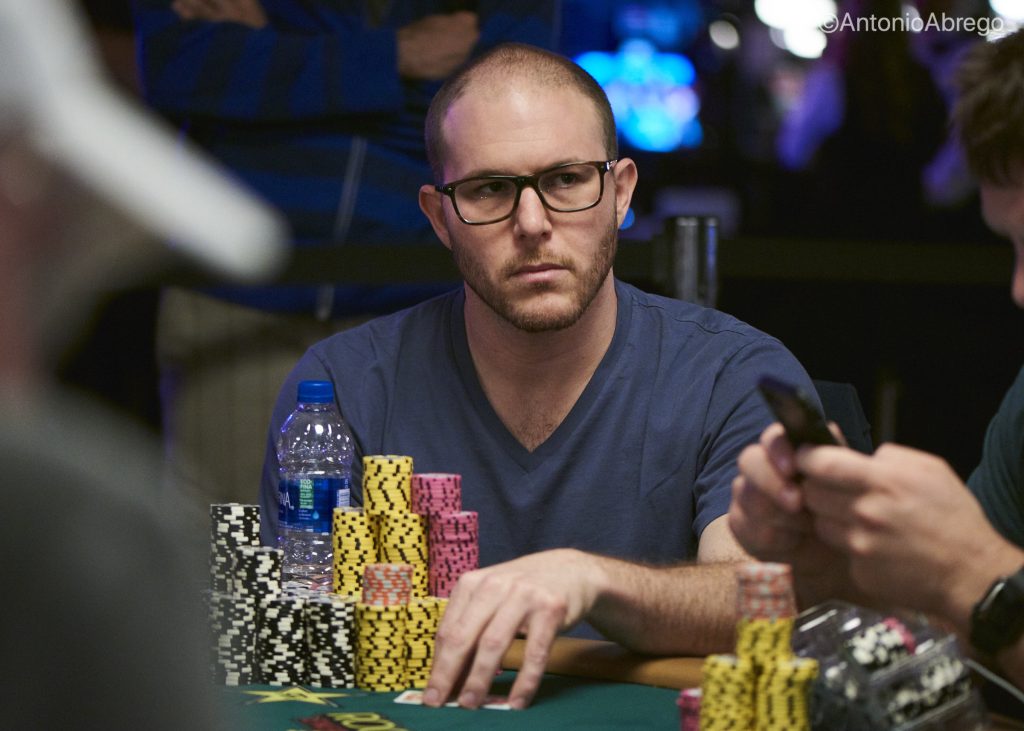
Photo Credits: Antonio Abrego/PokerNews
To get a little insight into his situation, at that time, Wasserman’s average buy-in was $110 in his career. He also played around 100,000 games, so a $100,000 downswing meant that he lost around 1,000 buy-ins worth $100 each. While there were a few $10,000, $5,000, and event $10 buy-ins in the count, they all averaged up to $110.
“This kind of variability is unique to tournament poker and can be brutal. But poker is what I signed up for, so in the deepest depths of a downswing, I can either give up or dig real deep and find what it takes to turn the sinking ship around,” said Wasserman.
How He Coped With It
Once Mike realised that something had to be done, there were two steps that he took immediately.
- He hired a poker coach
This was to ensure he was not getting the basics of the game wrong.
- He hired a mental game coach
This was to get his head straight and back in the game.
Wasserman commented on his decision to hire coaches, “When you take these steps, you have to trust the expert and do what they suggest. For some people (me), that is a hard step to take, but it is necessary in order to make the positive adjustments you are looking to make. Whatever it is that you are doing isn’t working, so why not go to a professional and have them help you figure it out?”
The poker pro would spend ten hours with his poker coach and another ten hours with his mental game coach. He spent a total of $3,500 to get himself back in the right direction. However, instead of seeing it as an expense, Wasserman saw it as one of his best investments. “Surprisingly, the changes I made in my mental approach to the game helped ten times more than the small adjustments I made in my poker (tactical) game,” explained Wasserman.
He commends his mental coach Jared Tendler for helping him in the process. “Tendler got into my head, found my mental game leaks, and helped me adjust my perspective to sit down and play my best during each session,” said the poker pro.

Jared Tendler
Here’s a brief overview of his shortcomings and how he dealt with them:
- Confidence
- Are you studying/improving away from the table (poker/mental)
- Accumulated Tilt
- Meditation
- Running
- Uncertainty
- Learn to embrace it
- Remind yourself what you are in for today
- Reconnecting with the WHY
- Remind yourself why you play poker every time you sit down to play
According to Wasserman, while these topics overlap, he listed them down in this specific order: by solving the first two, number three would be partially solved. The fourth point is related to all the above ones. Let’s take a deeper look into each one of these areas.
Confidence
There are many poker players who boast about their game but consistently make some big mistakes. This, according to Wasserman, is overconfidence. While he did suffer a little from this, he pointed out that most of his confidence issues were due to a lack of it.

He explains, “My problem when it came to confidence was a lack of it due to slacking on my work away from the tables. I needed to get back in the ‘lab’ and start fixing leaks, finding new strategies, and getting feedback from a coach about my current strategies. Once I started this process, I immediately reconnected with my love for poker and strategy games.”
ALSO READ: How To Mentally Prepare For Downswings?
Accumulated Tilt
Firstly, let’s understand what the term means. Accumulated tilt refers to when you carry all your previous losses in other games to your current game. Here’s an example from Wasserman. “When I lost a flip for my starting stack, it didn’t feel like a flip for $25 in equity; it felt like I was reliving every flip I have ever lost in poker.”
According to the pro, clearing out old sessions is the key to solving this problem. Bringing past baggage into any sort of situation is never a good idea which is why it is better to let all past failures go and focus on what is at hand.

“This is one of the quickest paths toward the death spiral of tilt. And it will not resolve itself. Recognizing that accumulated tilt was an issue freed me up to accept it and solve it,” said Wasserman.
Giving his tips about getting out of this rut, Wasserman said he practiced routinely running and meditating before his session to clear his mind and get the endorphins moving in his body. He said, “Once I could sit down without the burden of my previous sessions, I could focus on the task at hand, and the day was not so ‘heavy.’ Immediately, a less stressful environment was created.”
Uncertainty
Now that he had solved the first two problems, Wasserman knew it was time to tackle uncertainty. “By increasing my confidence and leaving my previous losses behind, I was free to enjoy the competition of poker and the experience of playing. I was more present. Before each session, I would go over what concepts I was going to work on mentally and tactically. I would also remind myself that I would be filled with bad beats, lost flips, and bad plays (by his opponents or him),” admitted Wasserman.
At this point, he knew he could live with the results because what he did was for long-term success in the game. He knew that as long as he was actively trying to get better at poker and life, it would help him resolve any uncertainty about when his downswings would end. Which he assured would come to an end.

“I explained to Jared Tendler that I could handle a $500k downswing as long as I knew it would end on ‘x’ date. Knowing the end date of my downswing would alleviate my worry and allow me time to plan and work with my circumstances. I was lying to myself. The truth was, I just needed to work harder and more consistently away from the tables. Simply putting in volume was not enough then, and it is not enough now,” remarked Wasserman.
Reconnecting With The ‘Why’
The poker pro was keen to emphasize reconnecting with why he enjoyed playing poker in the first place. He considers it an essential step in the process. He explains, “It is actually the foundation of all of my decisions. I enjoy the competition. I like feeling ‘mentally superior’ to my opponents and being monetarily compensated for it. Granted, this reaction stems from insecurity, but it was something that I needed to remind myself of during this time. My overarching goal is to never have to go back to a 9-5 job or wait tables ever again. The only reason I will ever step into a Cheesecake Factory again is for their Avocado Eggrolls.”

Bringing yourself back to why you started playing the game in the first place is an effective way of helping you come out of the uncaring attitude that downswings can put you in. Like Wasserman, it is important to tap into that reason so that you don’t lose sight of the first thing that brought you down the path of becoming a poker player.
Recovering From Poker Downswings
Now that you’re mentally prepared to face downswings, how do you make money when you’ve already lost so much? This is the same question Wasserman had when he had $100,000 down in the hole. Here’s what he had to say about it:
“It was extremely unlikely I would win $100k in one tournament or a single session. Making back that kind of money would take time. Accepting that fact was hard, but it made the process much smoother once I did. So, I worked out a deal with my investor to allow me to take small profits at certain milestones.”
ALSO READ: Taking A Break Can Improve Your Poker!
Instead of looking at how much he lost, aka the $100,000, he instead set the number aside and decided to start at zero. “When I reached $20,000 in profit, I could take $2,000 for expenses. The rest would go toward the $100k make-up. This also helped me let go of the overall number and focus on the task. This situation called for many adjustments and the support of the people around me. I was not afraid to ask for help, nor was I afraid to pay for that help because I had plenty of money saved up,” admitted Wasserman.
While not everyone will have an investor(s), Wasserman’s method can be used by poker players and applied to any downswing. All it requires is a shift in perspective and setting a few parameters in place to increase the chances of success.
How did Mike’s downswing end?
“I had mentally prepared myself for this downswing to last for two years. I focused on participating in the productive process daily and believed that the results would come. Almost three months after my first mental game coaching session, I had cleared my downswing and was in profit for another $30,000! That was one of the best feelings I have ever experienced. It was eye-opening, to say the least.”
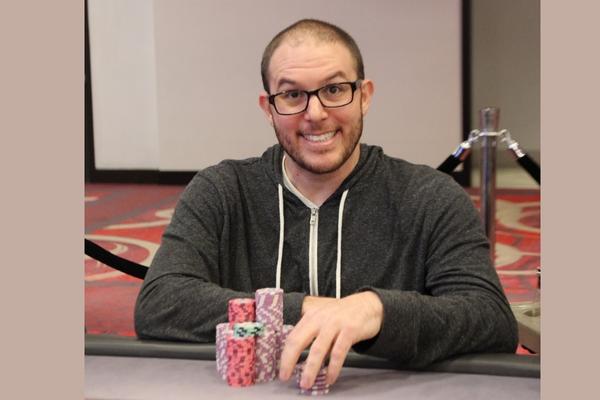
Leaving us with one final word, Wasserman said, “If you set yourself up for success from the start, you can overcome bigger challenges than you ever imagined. I am living proof of that.”
Who is Mike Wasserman?
Mike Wasserman is a poker professional and poker coach at Advanced Poker Training. He has a B. A in communications and worked at a biotech firm company after his college. He worked many jobs until he finally quit his last job at The Cheesecake Factory and began to focus on his poker career. He first played poker at the Bicycle Casino and finished third in the “Deepstack” Event. He then started playing poker online in 2008 on PokerStars and shipped the Sunday Million in 2015 for $145,000.
He’s played 100,000+ MTTs and has earned more than $1.5 Million in total profit. He also reached number one on Pocketfives in September 2015, and according to the Advanced Poker Training, he has cashed a total of $7.5+ Million in both online and live events.
If you’re going through a downswing in your game, we hope this article was able to help you get through it. What was your experience with downswings, and how did you cope? Head to the comment section below and tell us!
For more poker content just like this, keep reading Gutshot Magazine. If you’re on social media, follow us on Facebook, Instagram, Twitter, and Telegram.

Donna Amo was a writer at Gutshot Magazine. She is a graduate from Sophia College of Women, Mumbai with a degree in English Literature. When this October born foodie is not writing content or poetry, she spends her time laughing at memes or watching series. Based out of Mizoram, she is drawn to all things nature and has a soft spot for puppies.
More News
Top 15 Poker Rooms
-
WPT Global
Grab your welcome offer
Offer: 100% of your deposit back up to $3,000 Register -
PokerDangal
Sign up with code GUTSHOT1
Offer: Get 100% GST discount on deposits Register -
Natural8 India
Sign-up with Gutshot
Offer: Get extra 28% on all deposits Register -
Spartan Poker
Sign-up with referral code AFFGSMAG
Offer: FTD 50% Bonus Money up to ₹20K. Deposit code ‘ALLIN50’ Register -
Junglee Poker
Sign-up and get bonus
Offer: Up to ₹50,000* Register -
Calling Station
Sign-up with promo code 'AFFCSGUT'
Offer: 30% FTD bonus with code FTD30 Register -
WinZo Poker
Daily Winnings Up To ₹40 Crore!
Offer: Get ₹550 Joining Bonus For Free Register -
Stake Poker
Welcome bonus
Offer: 200% up to ₹120,000 Register
Newsletter
Thank you for subscribing to our newsletter.
This will close in 20 seconds





